An Introduction to Employee Ownership Trusts – Webinar questions answer
Do the shareholders and the Emloyee Ownership Trust company need independent valuations?
The trust (or trustee on behalf of the trust) must not pay more than a fair value for the company. The fair value is established by an independent valuation. RM2 do not believe
it should be necessary for the shareholders and trustees to receive separate valuations. If there is a dispute over an initial valuation a second may become necessary.
Do you receive any objection from HMRC to partial sales?
A large majority of owners that sell to an EOT sell 100% of their equity, however we have not received any objections to any sales where the owner retains a holding. Of course, the owner(s) must sell a majority stake to the EOT.
How is the EOT funded by the trading company? Are there any tax implications?
Vendor debt owed by the EOT is paid from post-tax contributions received from the trading company or group, i.e. contributions are paid out of distributable reserves. They do
not go through the company’s P&L. The contributions received by the EOT to repay the vendor debt are not taxable income.
How does a vendor remaining an employee help to ensure that the vendor debt is paid if they are no longer in control?
The EOT controls the company, however the EOT will delegate the day to day running of the company to the company board. There is no obligation for selling shareholders to stand down from the Board or leave the company. Most owners plan not to leave immediately and stay “in-charge” of the company’s management team, although answerable to the Trust. Remaining as a Board member a vendor can ensure that the company will prioritise the funding of the repayment of the debt.
What is the rough cost for the transaction that you could provide?
This depends on the company in question and the structure that was required. Please get in touch, enquiries@rm2.co.uk if you would like a more detailed discussion.
Could a partnership be sold to an EOT?
Yes and no. A partnership could not transition to an EOT directly, but could once it has incorporated. A number of architect firms have moved from partnership to EOT, via incorporation.
What is the definition of ”fair value ”and how is it approved?
A fair value is the “worth” of a company. This might be different from the market value, which is what someone is prepared to pay for a company. The fair value is established by
getting an independent valuation.
I’ve seen governance structures where the trust takes direction from an advisory board of employees and creditors (ie vendors) – allowing vendors who are no longer employees to continue to influence the business. Could you comment on that?
The trustee is at liberty to set up whatever structure it believes will best serve the interests of the beneficiaries. This could include an employee committee that feeds into
the trustee. Each company should create a governance structure that suits the company structure. The one structure that should be avoided is where vendors control the trustee, eg vendors are the majority of the trustees. In such a case control has been retained by the vendors. There has been no change of control, which means the EOT structure is not compliant.
How long does the transition process take?
The process of designing a new capital structure and completing the legal and ancillary documentation generally takes in the region of three months if the transaction is being funded by vendor debt. If third party funding is being used that timescale should be doubled, at least.
Is the maximum percentage of shares that can be held directly by employees <5%?
No. However if an employee purchases more than 5% of the equity they become a participator, as a result they will not be a beneficiary of the trust. There are a lot of 4.9% stakes owned in EOT owned companies.
If payments are made at 20% pa of the purchase price and takes 5 years to repay, can the EOT transfer of 100% be held back to the end of the 5th year?
Not if the owner wishes to fully enjoy the CGT relief. There would be large tax consequences of making contributions to vendors prior to the actual transaction in year 5.
Would the trust or the company hold the vendor debt?
Can a trust hold shares on behalf of employees until such point as certain transaction milestones are met whereby the shares
could be handed over?
Unlikely. It would be difficult to envisage how a trustee could agree to this as they need to act in the best interests of the beneficiaries as a whole. Not just a small number.
Does an EOT create a better culture of high performance in employees leading to improved profitability?
Hopefully, yes. There have been studies in the UK and US (where employee ownership is more established) that suggest employee owned companies increases engagement and results in higher productivity.
If ordinary shares are issued to management under an EMI, how do those shareholders get value for these shares?
The general model used after an EOT transaction is that option holders can exercise their options after the vendor debt has been paid. At that point they may be able to receive
dividends, sell their shares on retirement, or sell their shares after a second transaction. EOT owned companies can be sold by the trust if it is in the best interests of the beneficiaries.
For a quick summary of the EOT download our free factsheet, or email us at enquiries@rm2.co.uk


